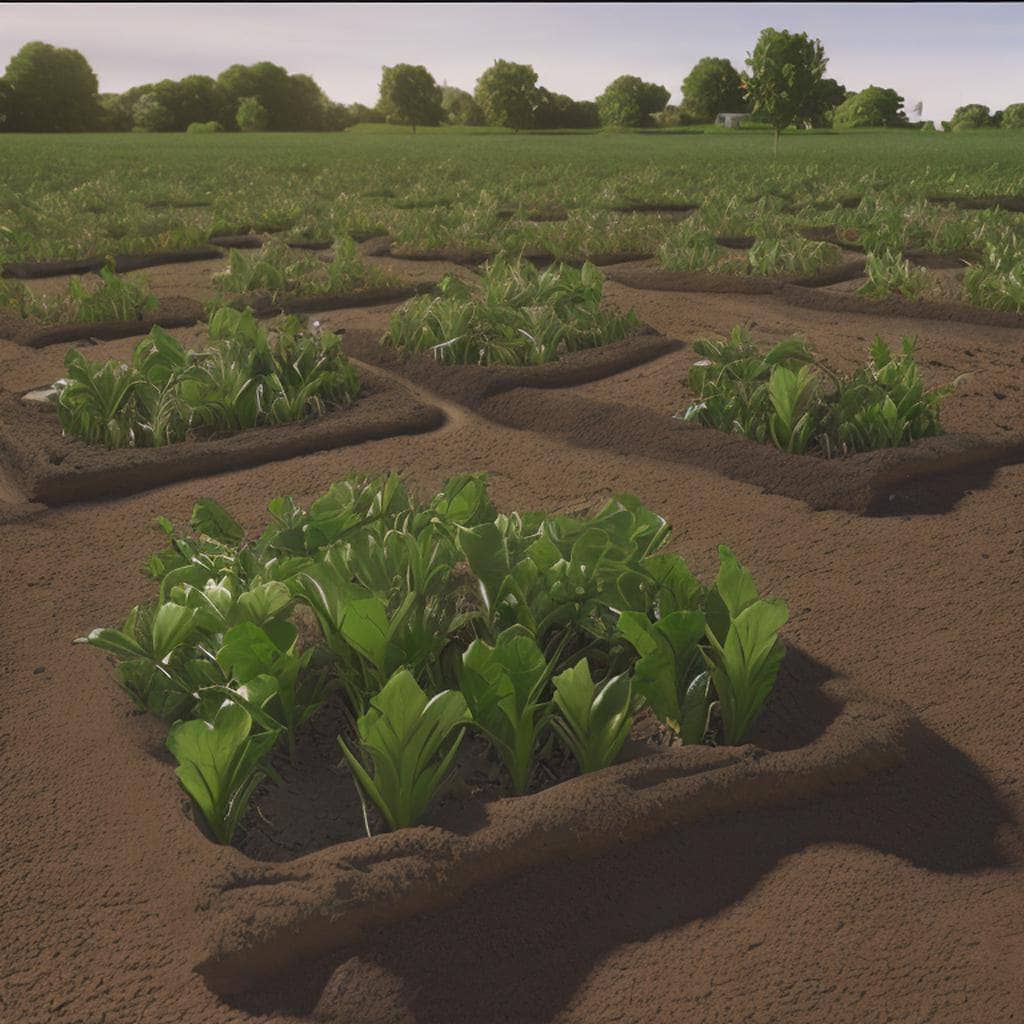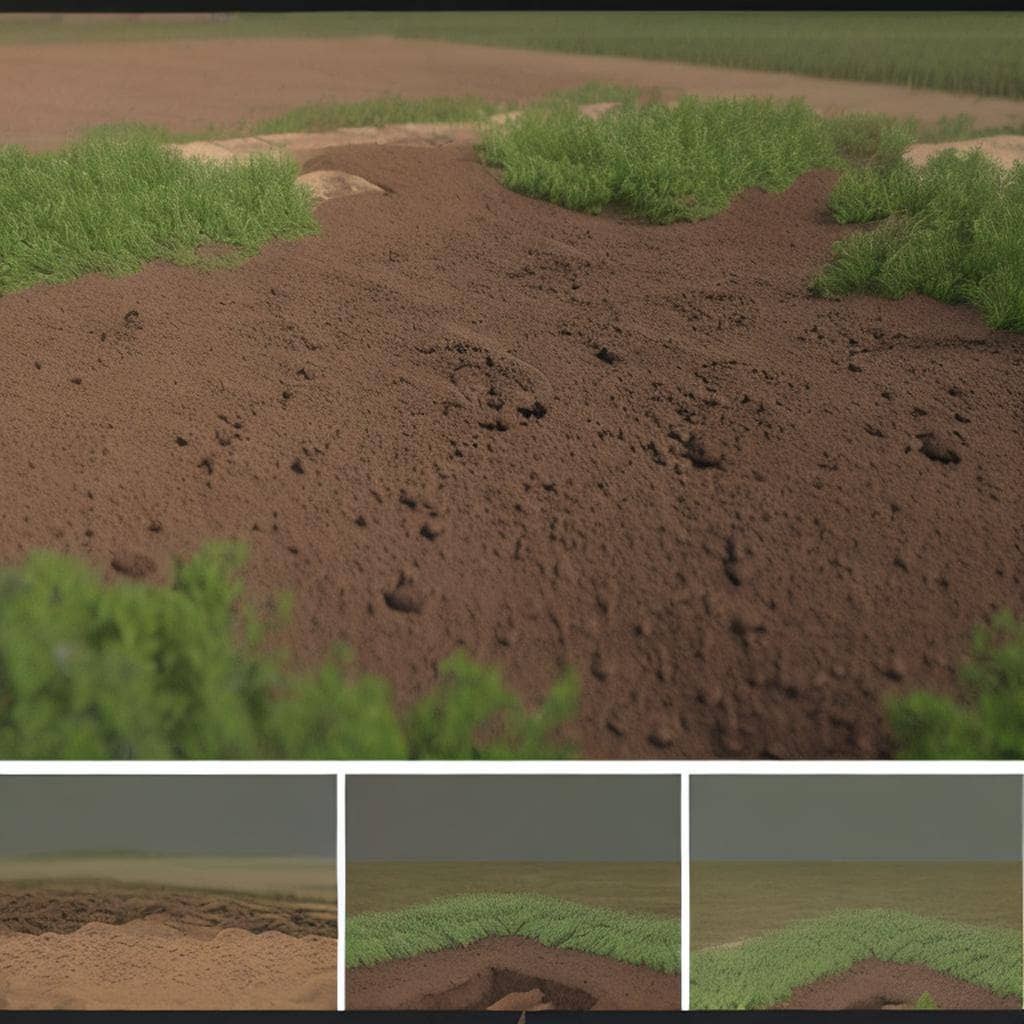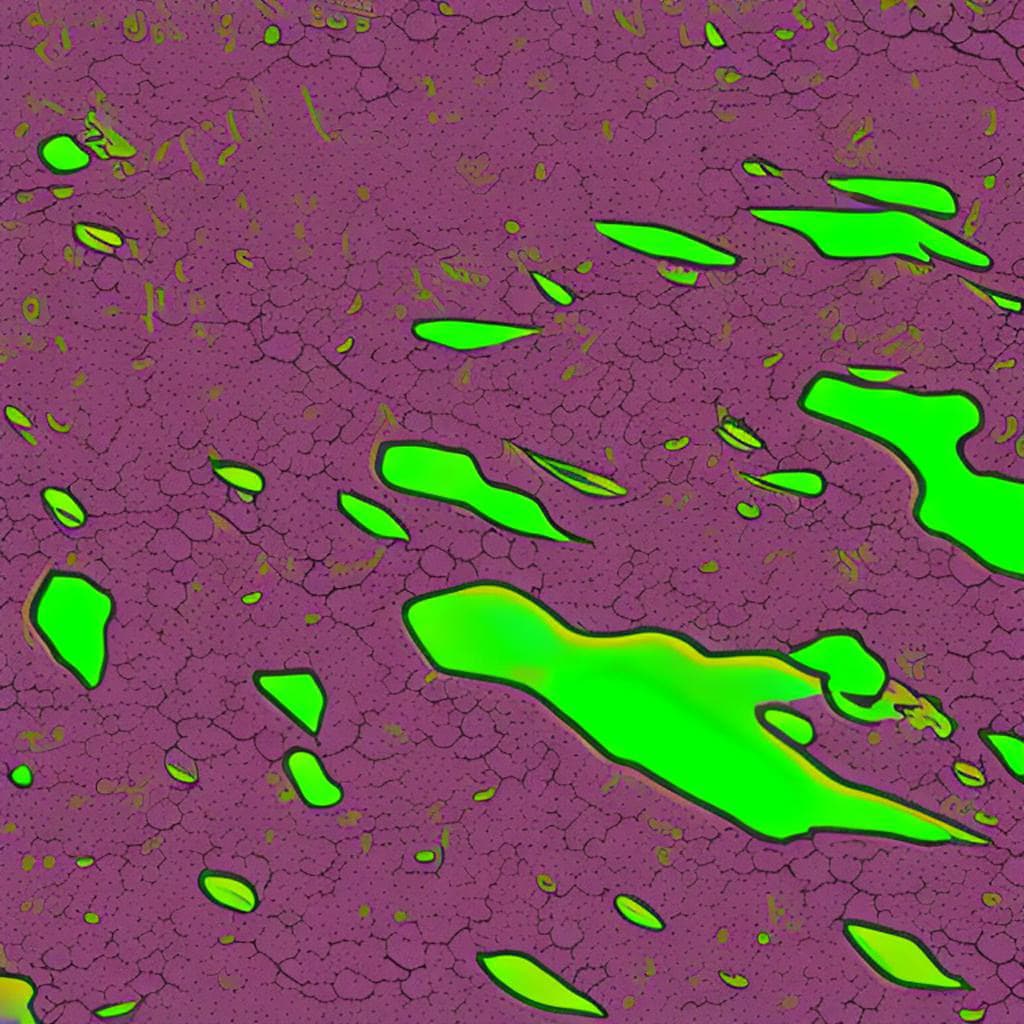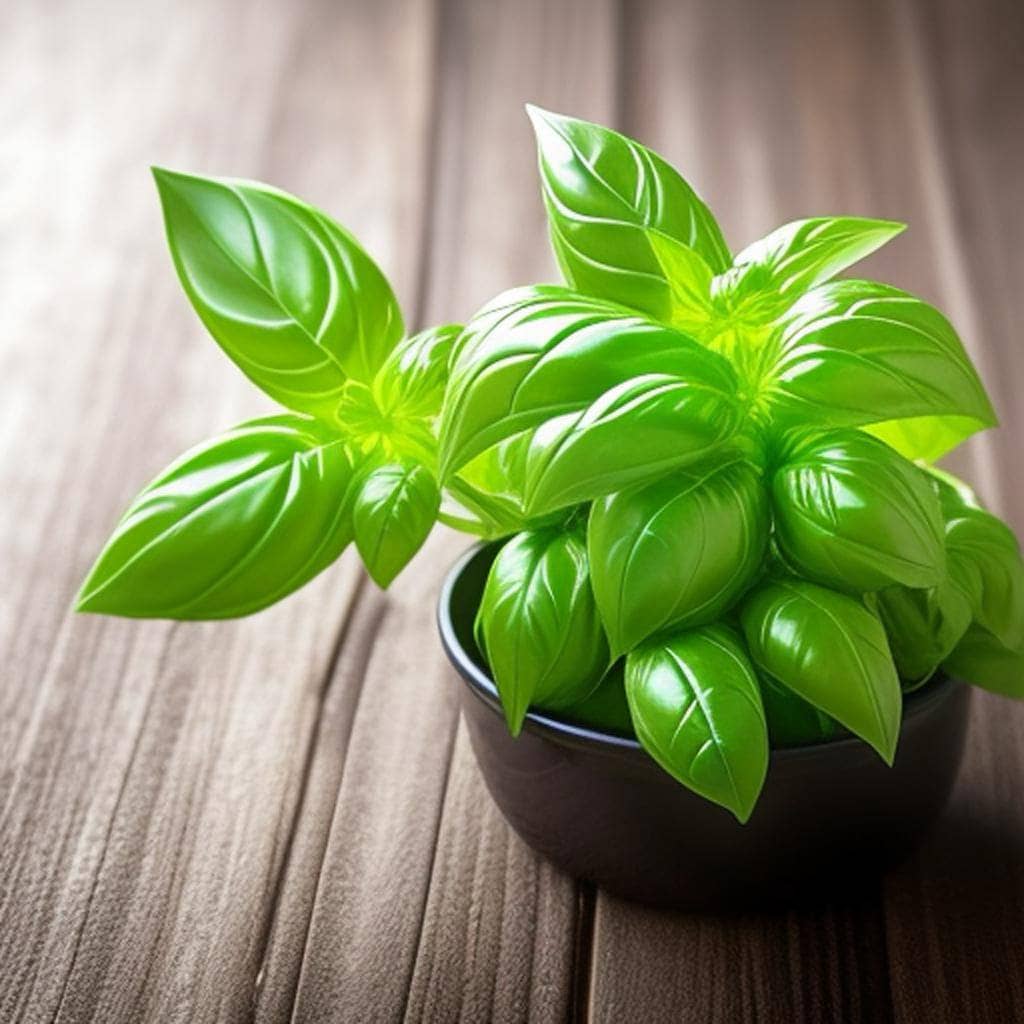
Soil health and soil management tools
Soil health is a critical component of sustainable agriculture and is essential for maintaining healthy ecosystems and producing nutritious crops. Healthy soil provides a range of benefits, including improved water quality, increased crop yields, and reduced erosion. In this article, we will explore the importance of soil health and the practices that can help promote healthy soil.
What is Soil Health?
Soil health is defined as the capacity of soil to function as a vital living ecosystem that sustains plants, animals, and humans. Healthy soil is teeming with life, including bacteria, fungi, insects, and other organisms, which work together to perform important functions such as nutrient cycling, water filtration, and disease suppression.
The health of soil is determined by a variety of factors, including soil structure, nutrient content, water-holding capacity, and biological activity. When these factors are in balance, soil can provide optimal conditions for plant growth and nutrient uptake, leading to healthy crops and a thriving ecosystem.
Why is Soil Health Important?
Soil health is important for several reasons, including:
Increased Crop Yields
Healthy soil provides the nutrients and water that plants need to grow and produce high yields.
Improved Water Quality
Healthy soil filters and cleans water as it passes through, removing pollutants and impurities.
Reduced Erosion
Healthy soil has good structure and stability, which reduces the risk of erosion and helps prevent soil loss.
Reduced Need for Chemical Fertilizers and Pesticides
Healthy soil has a rich and diverse microbiome that can help control pests and diseases, reducing the need for chemical inputs.
Climate Change Mitigation
Healthy soil can help mitigate climate change by storing carbon in the soil, reducing greenhouse gas emissions, and improving soil resilience to extreme weather events.
How Can We Promote Soil Health?
There are several practices that can help promote soil health, including:
Crop Rotation
Crop rotation is the practice of planting different crops in a sequence to help maintain soil health and reduce the risk of pests and diseases.
Cover Cropping
Cover cropping is the practice of planting a non-harvested crop in between growing seasons to help protect the soil, improve soil fertility, and control pests and diseases.
Reduced Tillage
Reduced tillage is the practice of minimizing soil disturbance during planting and harvesting to help maintain soil structure and reduce erosion.
Natural Fertilizers
Organic and sustainable farmers often use natural fertilizers, such as compost, manure, and green manure, to improve soil health and fertility.
Integrated Pest Management
Integrated pest management is a technique that focuses on using a combination of strategies, such as crop rotation, cover cropping, and natural predators, to control pests and diseases, rather than relying on harmful chemicals.
Soil Testing
Soil testing is the practice of regularly testing soil for nutrient levels, pH, and other factors, in order to determine the optimal levels of nutrients and soil amendments needed for healthy crops.
Soil health is a critical component of sustainable agriculture and is essential for maintaining healthy ecosystems and producing nutritious crops. By using practices that promote soil health, we can help build a more resilient and sustainable food system that benefits both people and the environment.

How can AI be used to assist healthy soil management, tools?
Artificial intelligence (AI) has the potential to revolutionize soil health management by providing real-time data and analysis of soil conditions, allowing farmers to make more informed decisions about soil management practices. Here are a few ways in which AI can be used to assist healthy soil management:
Soil Monitoring
AI-powered sensors can be placed in the soil to monitor soil moisture, nutrient levels, and other important factors. These sensors can send data to a cloud-based system, where it can be analyzed and used to inform decisions about irrigation, fertilization, and other soil management practices.
Precision Farming
AI can be used to create precision maps of soil conditions across a farm, allowing farmers to identify areas of the farm that require different soil management practices. This can help reduce over-fertilization and over-irrigation, which can save water, reduce fertilizer runoff, and improve soil health.
Crop Yield Prediction
AI can be used to analyze soil and weather data to predict crop yields, allowing farmers to make more informed decisions about planting and harvesting. This can help reduce waste, optimize crop rotation, and improve soil health.
Disease Detection
AI can be used to analyze soil data to detect the presence of plant diseases and pests, allowing farmers to take action before an infestation becomes widespread. This can help reduce the need for harmful pesticides and promote healthy soil and crop growth.
Soil Restoration
AI can be used to analyze soil data and suggest soil restoration practices that can improve soil health, such as cover cropping, crop rotation, and reduced tillage. This can help farmers to rebuild soil fertility, reduce erosion, and promote healthy plant growth.
Tools for AI-Assisted Soil Management
- Soil Sensors: AI-powered soil sensors can be used to monitor soil moisture, nutrient levels, and other important factors.
- Drones: Drones equipped with AI-powered cameras and sensors can be used to create precision maps of soil conditions across a farm.
- Cloud-Based Systems: AI-powered cloud-based systems can be used to store and analyze soil data, allowing farmers to make more informed decisions about soil management practices.
- Machine Learning Algorithms: Machine learning algorithms can be used to analyze soil and weather data to predict crop yields, detect diseases, and suggest soil restoration practices.
- Mobile Apps: Mobile apps can be used to access soil data and analysis on the go, allowing farmers to make informed decisions in real-time.
AI has the potential to revolutionize soil health management by providing real-time data and analysis of soil conditions. By using AI-powered tools, farmers can make more informed decisions about soil management practices, leading to healthier soil, more sustainable agriculture, and a healthier planet.
Mobile apps that can assist with soil management
- Plantix: Plantix is a mobile app that uses AI-powered image recognition technology to identify plant diseases and pests. The app can analyze soil and plant data to provide personalized recommendations for soil management practices and treatments. Plantix also includes a community feature where farmers can connect with each other and share their experiences and knowledge.
- FieldView: FieldView is a mobile app that helps farmers collect and analyze data about their soil and crops. The app can track soil moisture levels, weather data, and other factors, and provide personalized recommendations for soil management practices. FieldView also includes a mapping feature that allows farmers to create precision maps of their fields and track changes over time.
- Climate FieldView: Climate FieldView is a mobile app that provides farmers with real-time data and insights about their soil and crops. The app can track soil moisture levels, nutrient levels, and other factors, and provide personalized recommendations for soil management practices. Climate FieldView also includes a feature that allows farmers to track their crop growth and yield, and compare their results to other farms in the area.
- Agrible: Agrible is a mobile app that provides farmers with real-time data and insights about their soil and crops. The app can track weather data, soil moisture levels, and other factors, and provide personalized recommendations for soil management practices. Agrible also includes a feature that allows farmers to track their crop growth and yield, and compare their results to other farms in the area.
These mobile apps can help farmers make more informed decisions about soil management practices by providing real-time data and analysis of soil conditions. By using these tools, farmers can improve soil health, reduce waste, and promote sustainable agriculture.
Examples of AI-powered soil sensors that can be used by farmers
- Sencrop: Sencrop is an AI-powered soil sensor that allows farmers to monitor soil moisture, temperature, and nutrient levels in real-time. The sensors can be placed in the soil and connected to a cloud-based system, which provides farmers with real-time data and insights about their soil conditions. The system also includes AI-powered analytics that can provide personalized recommendations for soil management practices.
- Arable: Arable is an AI-powered soil sensor that allows farmers to monitor soil moisture, temperature, and other important factors in real-time. The sensors can be placed in the soil and connected to a cloud-based system, which provides farmers with real-time data and insights about their soil conditions. The system also includes AI-powered analytics that can provide personalized recommendations for soil management practices.
- Soil Scout: Soil Scout is an AI-powered soil sensor that allows farmers to monitor soil moisture, temperature, and nutrient levels in real-time. The sensors can be placed in the soil and connected to a cloud-based system, which provides farmers with real-time data and insights about their soil conditions. The system also includes AI-powered analytics that can provide personalized recommendations for soil management practices.
- Teralytic: Teralytic is an AI-powered soil sensor that allows farmers to monitor soil moisture, temperature, and nutrient levels in real-time. The sensors can be placed in the soil and connected to a cloud-based system, which provides farmers with real-time data and insights about their soil conditions. The system also includes AI-powered analytics that can provide personalized recommendations for soil management practices.
These AI-powered soil sensors can be used by farmers of all sizes to monitor soil conditions and make informed decisions about soil management practices. By using these tools, farmers can improve soil health, reduce waste, and promote sustainable agriculture.
Shop tip
Soil health and soil management tools On Amazon
Thank you for reading, comments and shares!
Crafted with chatGPT Language Models and Picsart
Heads up! If you’re looking to join Wealthy Affiliate, make sure you sign up using my referral link to get access to my personal coaching and all WA features."







